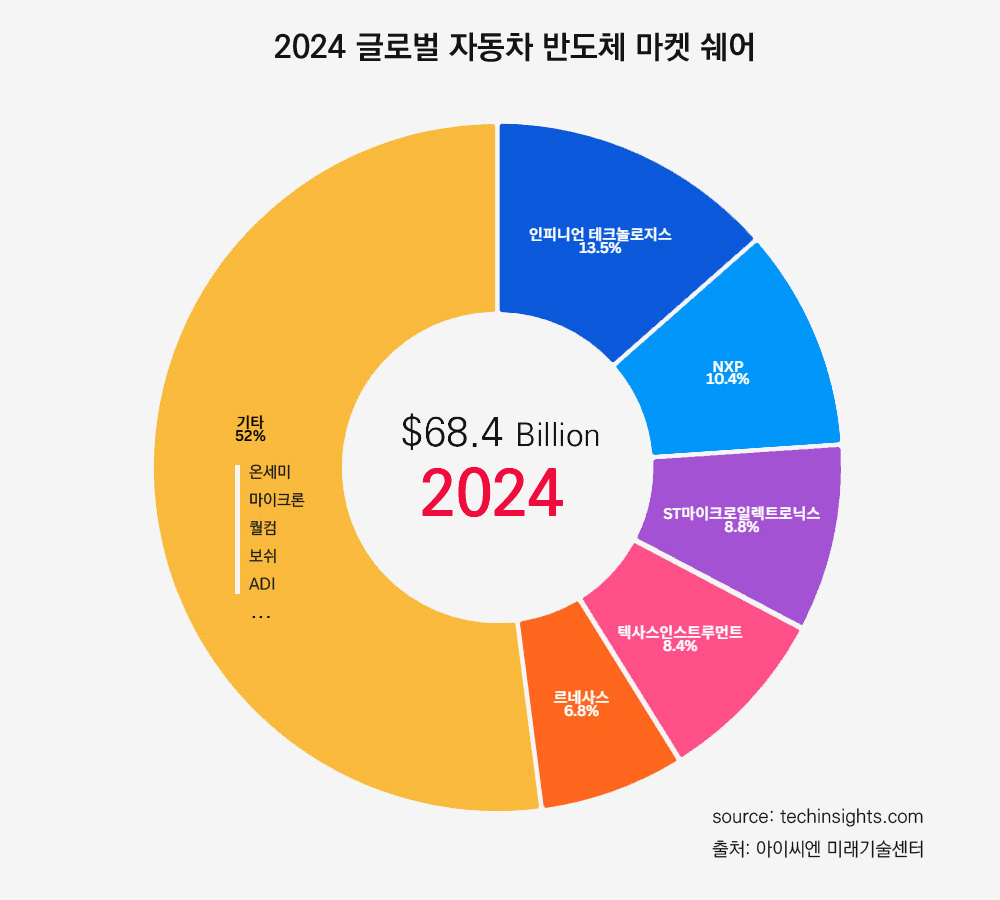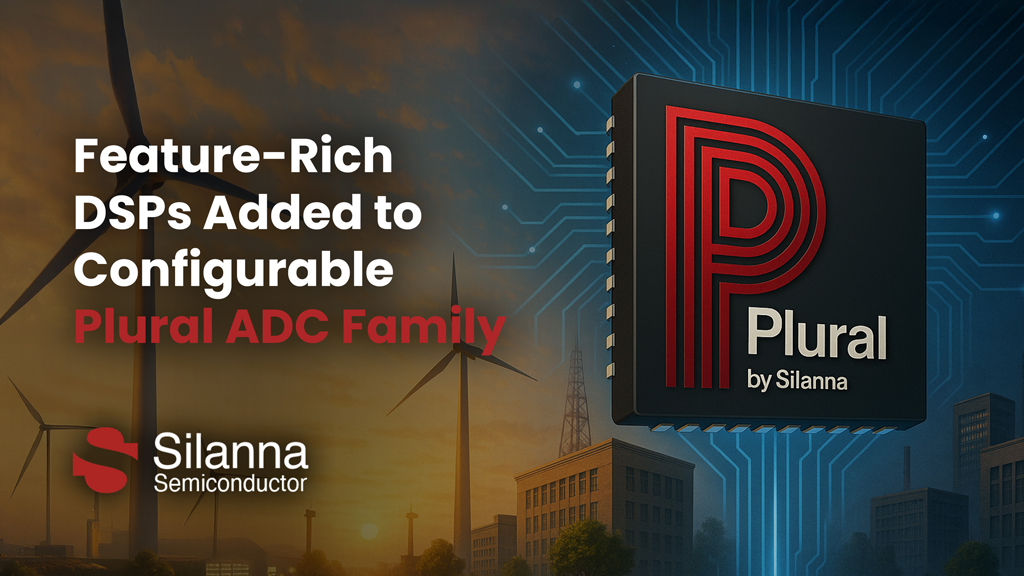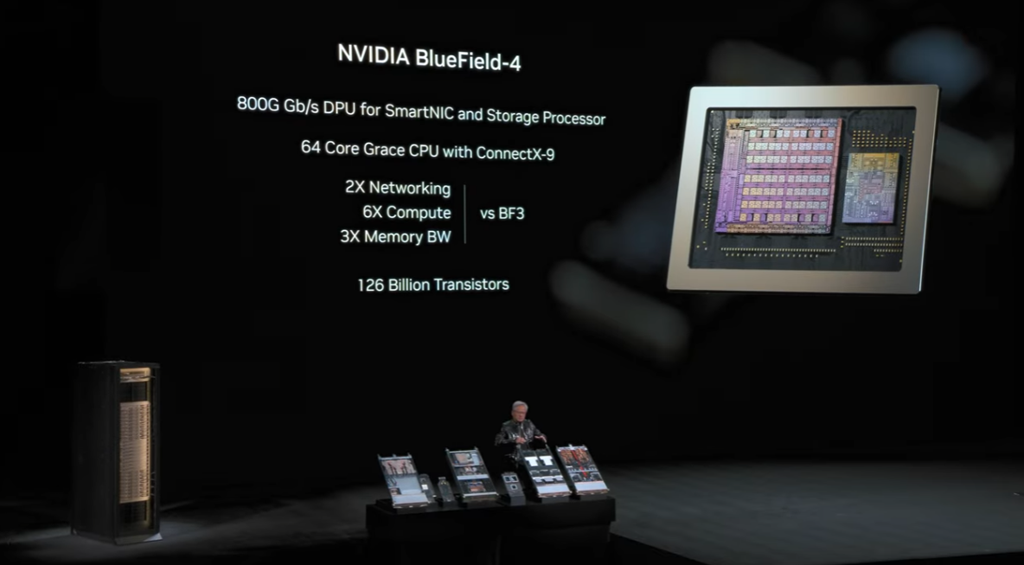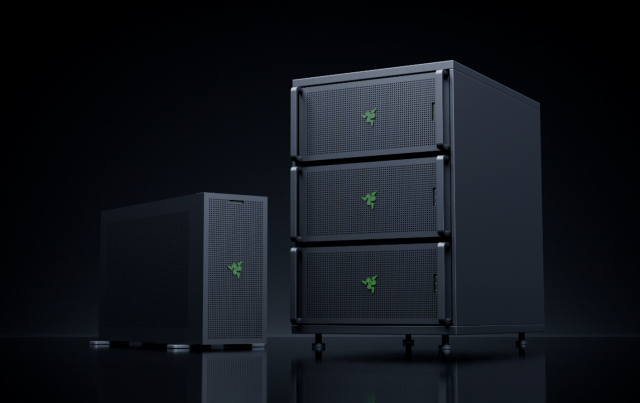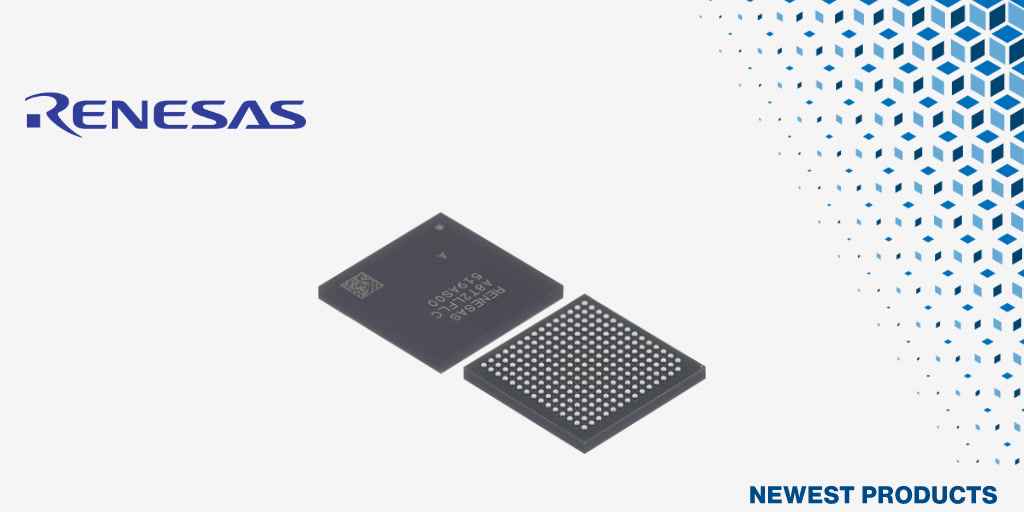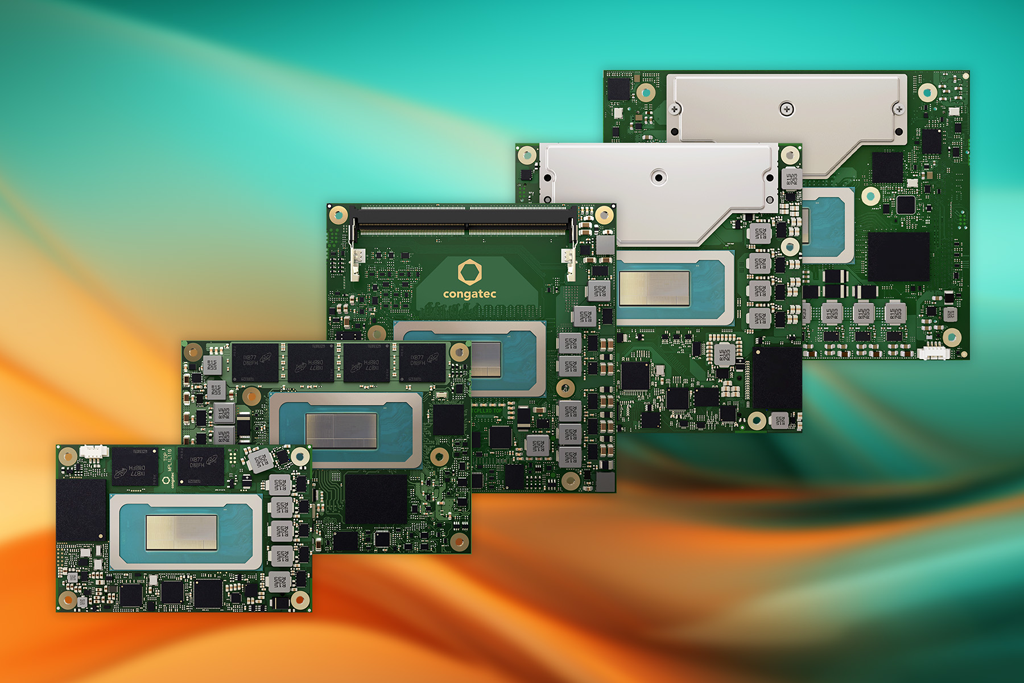Development moves ahead with publication of preliminary FDI specifications
process control systems and field devices are notorious for not communicating well with each other. But for industries such as oil & gas production, chemicals, mining and metals, pulp processing and power generation, the reasons to integrate these assets are well established: to reduce capital and operating expenses, minimize downtime, increase operator effectiveness, and simplify maintenance strategies.
There have been plenty of attempts to integrate instrumentation technologies over the years. Unfortunately, the efforts have proven to be costly, hard to maintain, and nearly impossible to upgrade, and tend not to work as well as envisioned.
Now that is changing, thanks to the dedicated efforts of the Field Device Integration (FDI) Cooperation Project.
Supported by a “who’s who” of automation industry trade consortiums, equipment suppliers and end users, the FDI Cooperation Project is aimed at a uniform device integration solution for the process industries across all host systems, devices and communication protocols. It is based on rigorous use case requirements, incorporates the best aspects of each member technology, and eliminates redundancies where they may exist. The FDI solution is specifically intended to preserve backward compatibility and operating system independence.
Development work on FDI is being supported by five major automation foundations — Fieldbus Foundation, FDT Group, HART Communication Foundation, Profibus & Profi net International, and OPC Foundation — who have formed FDI Cooperation LLC, a joint company committed to developing a single technology for the management of information from all intelligent devices throughout all areas of the plant.
The mission of the group is to:
• Complete the standardization of FDI under the International Electrotechnical Commission (IEC),
• Manage the FDI specifi cation,
• Finalize FDI tool kits for system and device manufacturers,
• Promote and provide high quality technology support for FDI, independent of and common to the respective communication protocols,
• Preserve end user and automation manufacturer investments by providing state-of-the-art technology that is fully backward-compatible, and
• Ensure stability, interoperability, and compatibility of FDI-based products.
FDI technology will provide a scalable solution that users can deploy in applications from simple confi guration to complex management of the most sophisticated fi eld devices for tasks associated with all phases of their lifecycle from confi guration, commissioning, and diagnostics to calibration.
FDI is a truly unifi ed approach addressing end user requirements across the spectrum, and will essentially eliminate the need for different solutions for different devices.
Recent progress on the FDI solution was the focus of a press conference at the 2012 ARC Forum in Orlando, Florida. At the event, the Fieldbus Foundation, Profibus, and HART explained that although they all use Electronic Device Description Language (EDDL) as a core technology, each varies the technology slightly. The FDI Cooperation has harmonized EDDL across communication protocols, enabling single cross protocol FDI design and test tools, including a common Electronic Device Description (EDD) Interpreter. The completion of EDDL harmonization greatly facilitates the second step and the ultimate goal of FDI: harmonization between EDDL and FDT technologies.
In November 2011 at the NAMUR meeting in Germany, FDI device packages were used for the first time to integrate FOUNDATION fieldbus, HART, and Profibus field devices from various manufacturers within a process control system. Typical applications, such as parameter assignment, configuration, diagnostics, and maintenance were demonstrated. The purpose of the working prototype was to verify the FDI concepts, apply the standard host components in a system context, and demonstrate FDI functionality.
The first draft of the FDI specifi cation has been published.
The next steps of the project include completion of:
• Conformance test concepts,
• Validation and review of the FDI specifi cations within the foundations, and
• FDI standard host components, such as EDD engine, and User Interface (UI) engine by the FDI Cooperation.
www.fdi-cooperation.com
www.fieldbus.org
아이씨엔 매거진 2012년 08월호

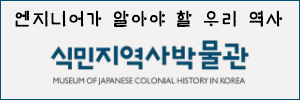
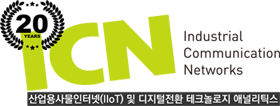
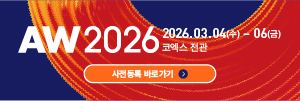




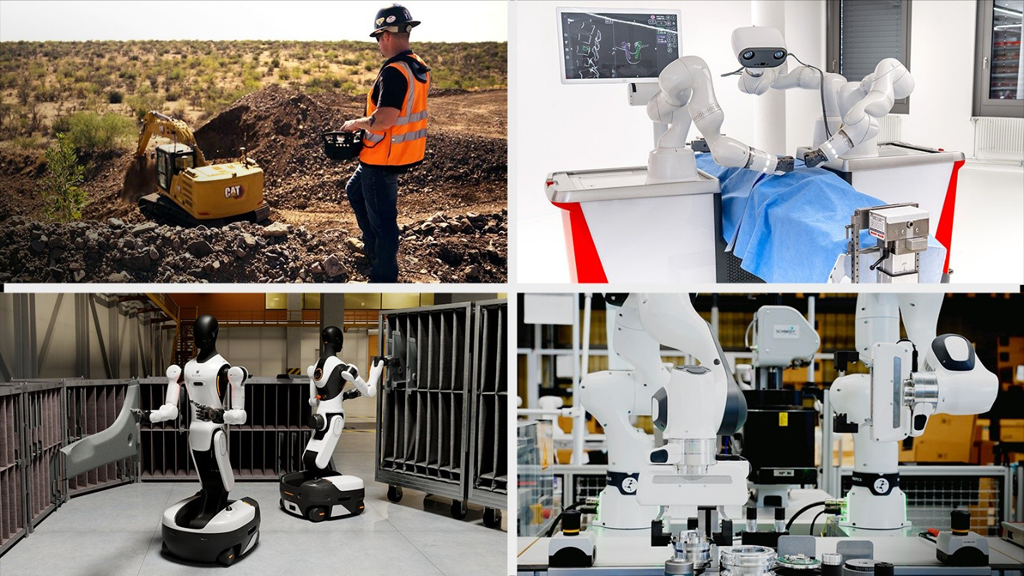
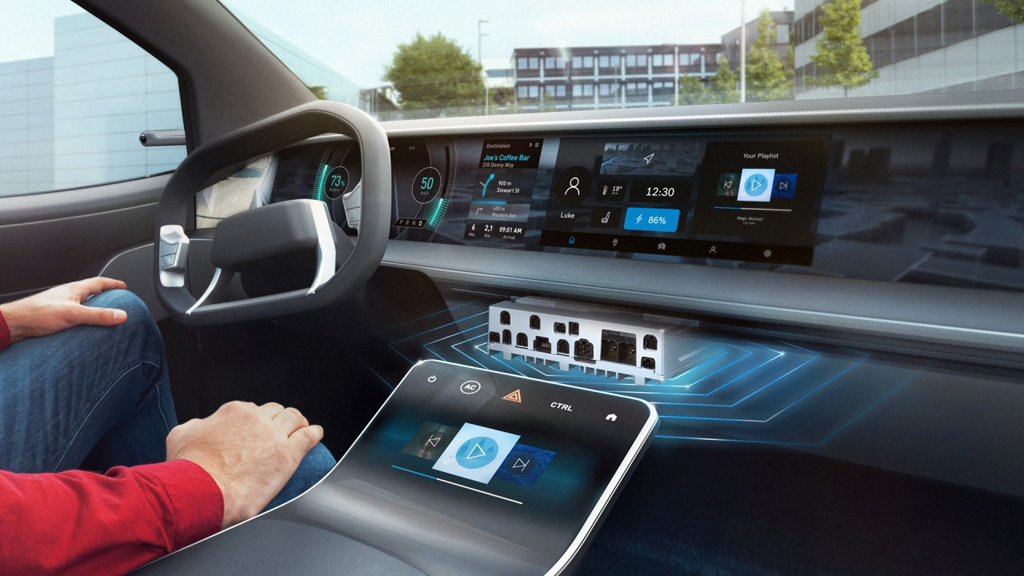

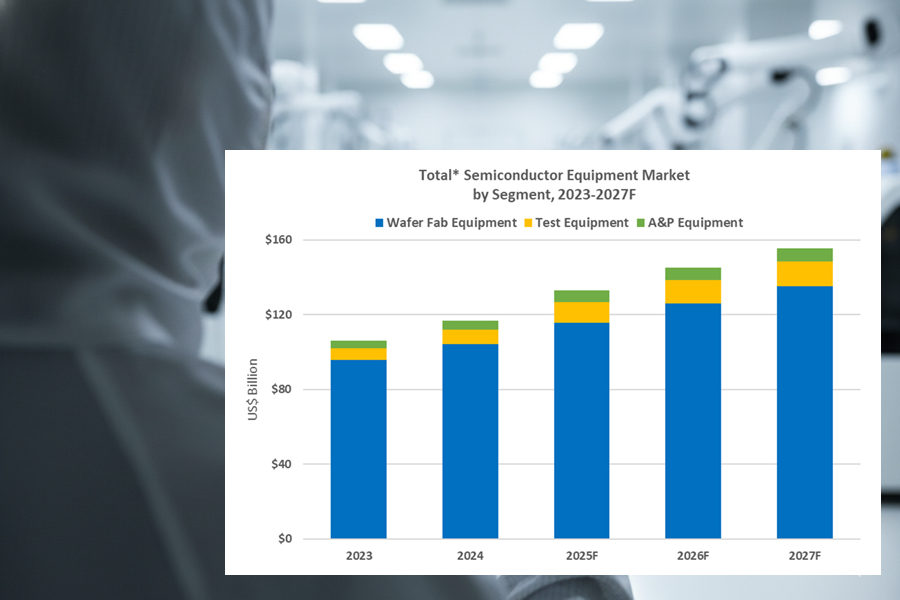
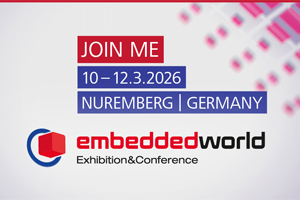
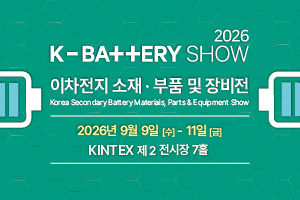
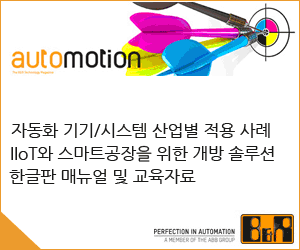
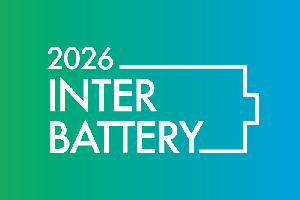
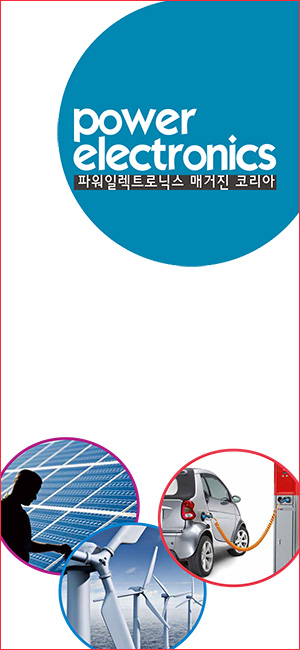
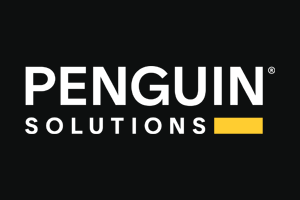
![[기자칼럼] 클라우드를 넘어 현장으로… 엣지·피지컬·온디바이스 AI, ‘산업 지능화’의 3대 축으로 부상 [기자칼럼] 클라우드를 넘어 현장으로… 엣지·피지컬·온디바이스 AI, ‘산업 지능화’의 3대 축으로 부상](https://icnweb.kr/wp-content/uploads/2026/01/perplexity-image-Edge-AI-web.png)
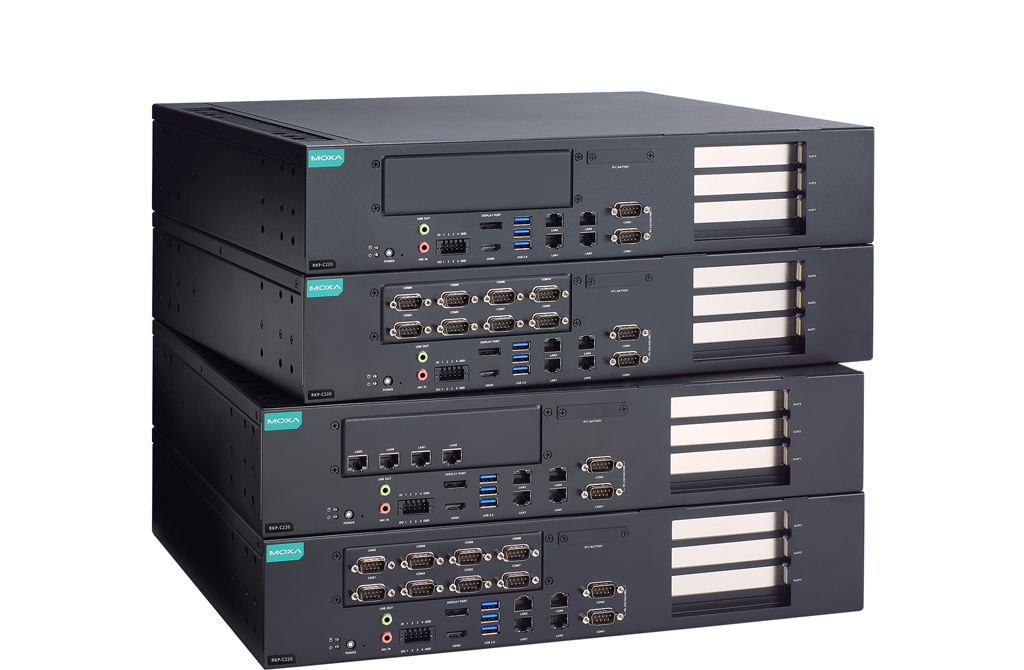
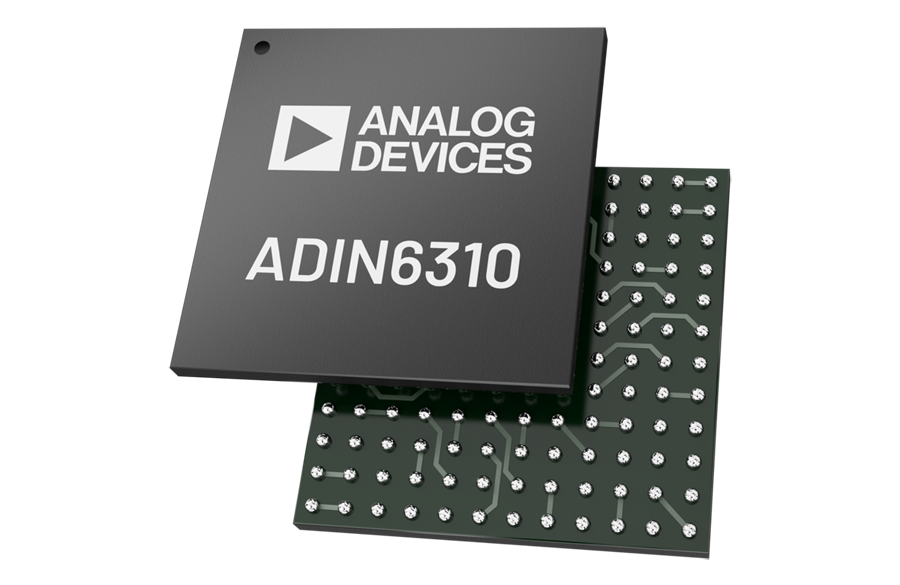
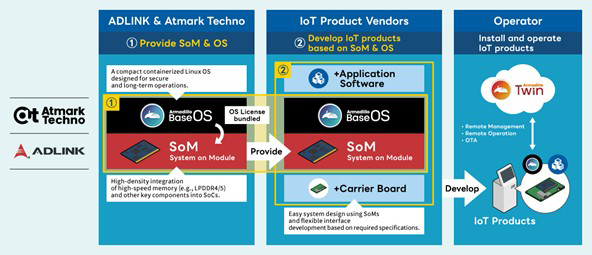


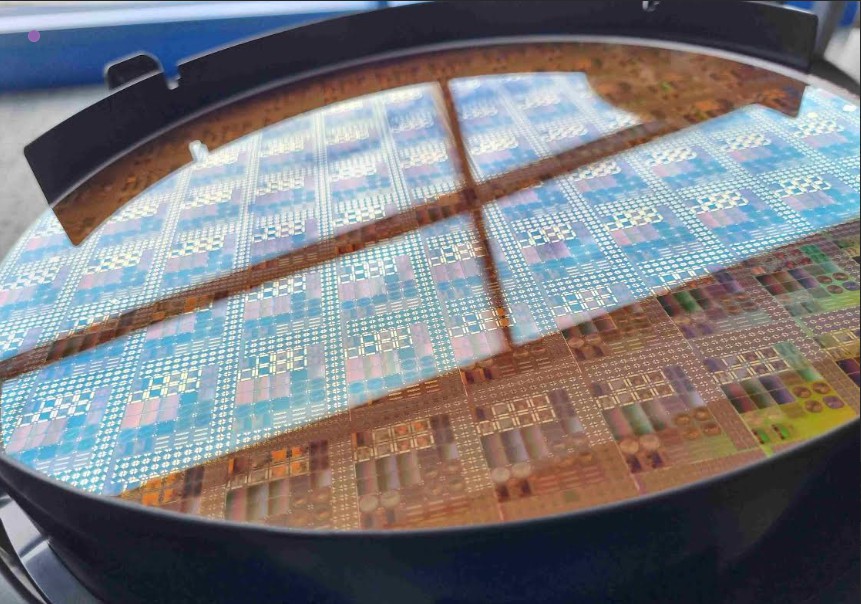
![[그래프] 국회의원 선거 결과 정당별 의석수 (19대-22대) 대한민국 국회의원 선거 결과(정당별 의석 수)](https://icnweb.kr/wp-content/uploads/2025/04/main-image-vote-flo-web-2-324x160.jpg)
